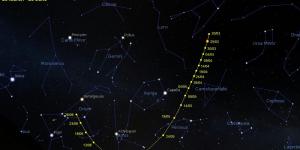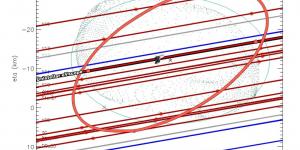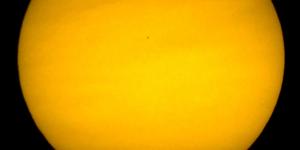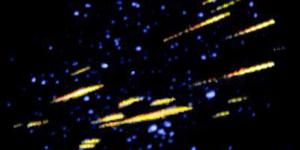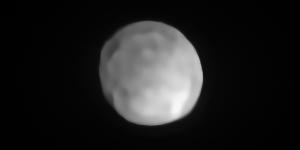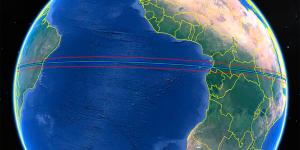Astronomy & Astrophysics
How commonplace is life? In particular, are worlds where biology can gain a foothold very common or distressingly rare?
One way to answer these questions is to better understand the process of star and planet formation, and such studies are fundamental to much of the SETI Institute’s astronomy and astrophysics research. All stars and planets are born from disks made of the gas and dust that suffuses the vast reaches of the galaxy. This primordial material has been enriched by older stars that, at the end of their lives, expel molecules and atoms (such as carbon) that are essential for biology.
Using theoretical models, telescopic observations, and lab experiments, Institute scientists study how disks of collapsing gas and dust change over time and become solar systems. How are the complex molecules in such disks – including hydrocarbons, silicates, and icy coated grains – distributed, and how do they get included in the planets that are formed together with the host star? SETI Institute scientists have come up with new insights on the nature of protoplanetary disks, results that also bear on the formation of moons and rings around planets. In addition, our researchers have confirmed the existence of a global ocean under the icy carapace of Saturn’s moon, Enceladus, and are doing theoretical studies that could explain Pluto’s tortured landscape. They make liberal use of data from robotic spacecraft such as Galileo, Cassini and New Horizons, and employ state-of-theart ground-based, airborne and orbiting telescopes, including SOFIA and the Spitzer Space Telescope.
Understanding the mechanisms that produced our Sun and its retinue of orbiting worlds gives insight into the possibilities for life in other planetary systems.
